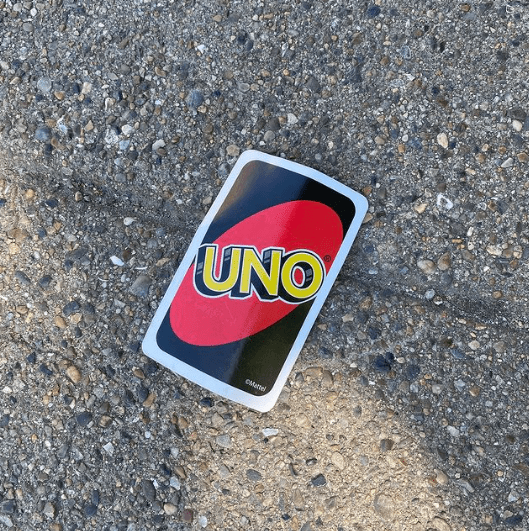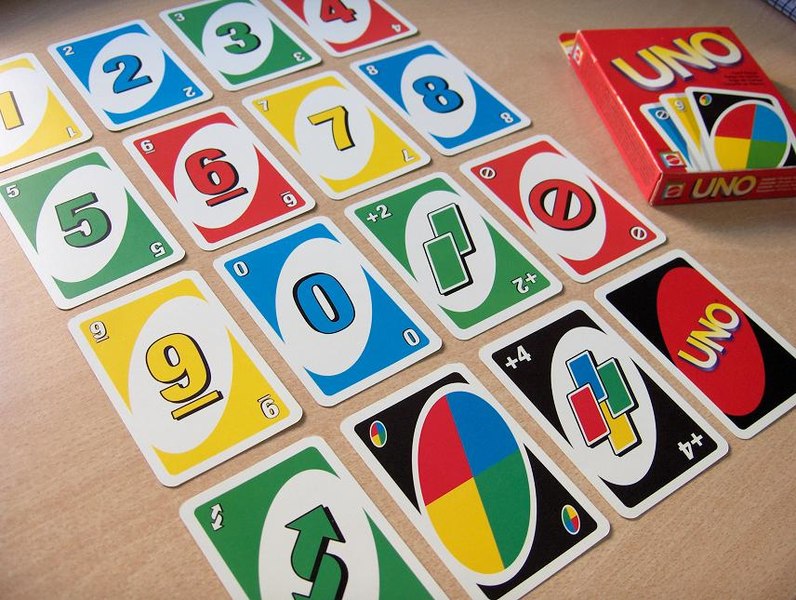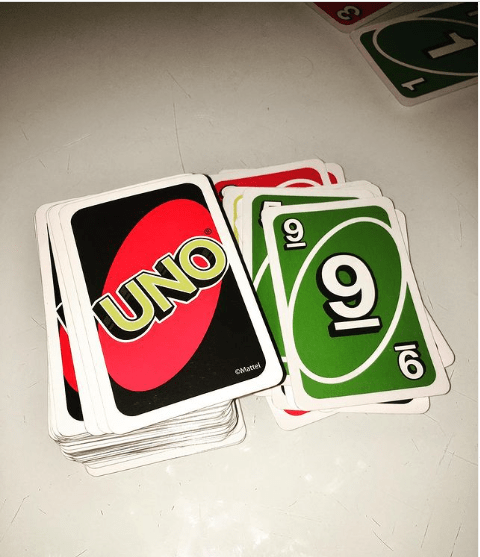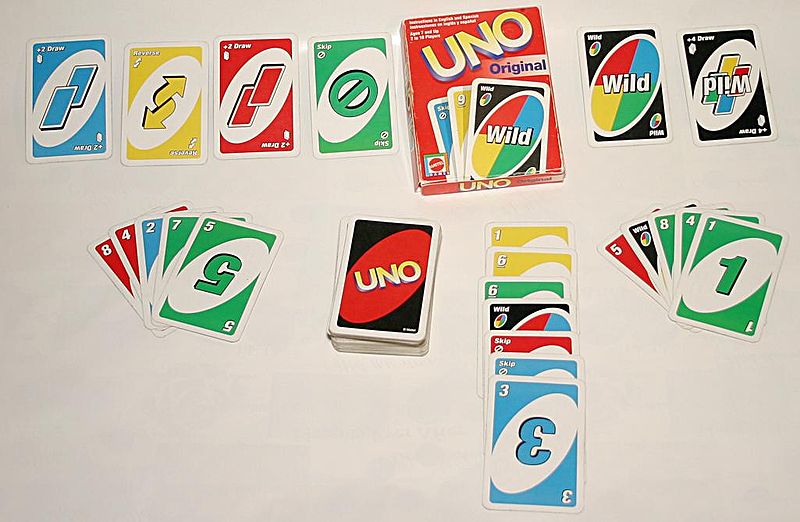Like Monopoly, Uno is notorious for being a friendship killer because players can never predict what their opponents will do on their turn. Many of those unexpected plays are designed to cause their opponents anguish and keep them from winning. Even though Uno appears to be a straightforward card game, it has many exciting tactics. However, before we get into the game’s rules and complexities, it’s worth exploring how it was initially created.
History of the Card Game Uno
In 1971, Merle Robbins, an Ohio barber, came up with the idea for Uno. Robbins claims that the classic card game Crazy Eights inspired Uno but that he made the game more interesting by including unique cards. Among these special cards are the Skip card, the Reverse card, the Draw Two card, and the Wild Draw Four card.
After playing it many times with friends and family, Robbins finally decided to sell his game. Robbins invested $8,000 to make 5,000 retail-ready copies of Uno.
Businessman and morgue proprietor Robert Tezak paid Robbins $50,000 plus 10 cents a game in royalties after discovering Uno had the potential to be one of the market’s most popular card games. Tezak eventually established International Game, Inc. in 1981; however, Mattel, owner of other popular games such as Pictionary and Apples to Apples, purchased the firm in 1992.
Start of the Gameplay
Rules from the Uno Classic Edition board game will be the basis for this Uno strategy guide. To begin a game of Uno, players must first agree on who will shuffle the cards and deal out seven cards to each player. Once the cards have been shuffled and dealt with, the designated player must reveal the top card of the deck and place it face-up on the table.
The player to the dealer’s left must put a card of the same color or number as the card that was drawn. For example, if the first card placed is green and the number printed on it is 3, the player to their left must put a card that is either 3 or the same color as the first card, which is green.
Drawing Special Cards
But if the top card drawn is a Wild card, the player to the left must place a card of the same color from the pile. The player that drew the card from the deck must redraw from the top if it is a Wild Draw Four card, which must be returned face down to the deck and redrawn from.
The player to the left of the dealer’s position draws two cards and loses their turn if the top card is a Draw Two. If the top card drawn is a Skip card, the player to his or her left must pass, and if it is a Reverse card, the person who drew the card goes first, and the play proceeds counterclockwise. Except for the Wild and Wild Draw Four cards, all the action card rules listed above apply during play.
Discarding All Your Cards in Hand
For a player to win a game of Uno, they must be the first to discard all the cards in their hand.
All the cards in a player’s hand must be discarded if and only if that player may discard the card with the same color or number as the card on top of the face-up pile. For example, if the last card you have is green with the number 2, you can only discard your last card if the card on top is either green or has the number 2. Players can prevent other players from moving or drawing extra cards by using special action cards, as indicated above.
Using the Special Cards Against Other Players
A Wild card can be played anytime during a player’s turn. When the card is played, that player must choose the discard color for the following player. With Wild Draw Four cards, the player can only discard them if they do not have any others that will match the color of the pile.
However, if the active Wild Draw Four card is in play, the following player must draw four cards regardless of the color given. The player who draws four cards gets to test their opponent’s claim that they have no cards of that color in their hand by asking if they have any. Assuming the challenger is correct, the current player is still required to pick a color, but the second effect of the Wild Draw Four card will end.
Shouting, “Uno!”
Players must call out “Uno!” after they have been down to a single card. If the player doesn’t, the other players can “call him out,” forcing him to take two cards from the deck.
A scoring round will be held if a player successfully discards all of their cards. The player’s final score is determined by the cards held by their opponents.
Point System
The winner of Uno is the one who gains 500 points first. Every card has a respective point:
- Cards 0 to 9 have points depending on their printed number. This means that a 0 card gives 0 points while a 9 card gives 9 points.
- The Skip, Reverse, and Draw Two Cards are 20 points each.
- The Wild and Wild Draw 4 cards are 50 points each.
Rules Variations of Uno
Another thing that makes playing Uno exciting is that you do not have to play by its classic rules if you do not want to. As time goes by, several variations have risen, and many players tend to love playing Uno with special variations on the rules. Such special rules should only be applied if all players agree before the game starts. Below is a list of several Uno gameplay variations that you can play:
- Hands Down: When playing “Hands Down,” everyone’s hand is exposed to the other players.
- Special Card Roulette: Playing with Wild Cards and/or Special Wild cards has an unpredictable outcome and uses Uno’s unconventional wild card rules.
- Special Card Showdown: This variation lets you decide how Wild Cards and Special Wild cards behave whenever you play them. It uses the Wild Card rules introduced in Unique Uno.
- Stacking Draw Cards: This variation allows you to stack Draw 2 and Draw 4 cards to force additional drawing from other players.
- Three-Hand Uno: Each participant in a “Three-Hand Uno” game has three cards at their disposal.
- Three Piles: In this variation, three discard piles are used instead of one.
- Time Bomb: Makes Draw 2 and Draw 4 cards have a delayed effect instead of an instant effect on the next player.
- Uno Go Fish: A variation of Go Fish with Uno cards. Special rules vary depending on the action card used.
- Uno Mao: It is a variant where the rules are decided upon by the players during play and might be different each time.
- Uno River: This variant of Uno includes a four-card “River” that all players share.
Uno is an excellent card game that appeals to players of all ages due to its user-friendliness, straightforward rules, and variety of entertaining in-game rules. The longer you play this party game with friends or loved ones, the more likely it will get increasingly competitive. Because of this, you should come into the experience prepared to either have your friendships torn apart or rebuilt from the ground up.





